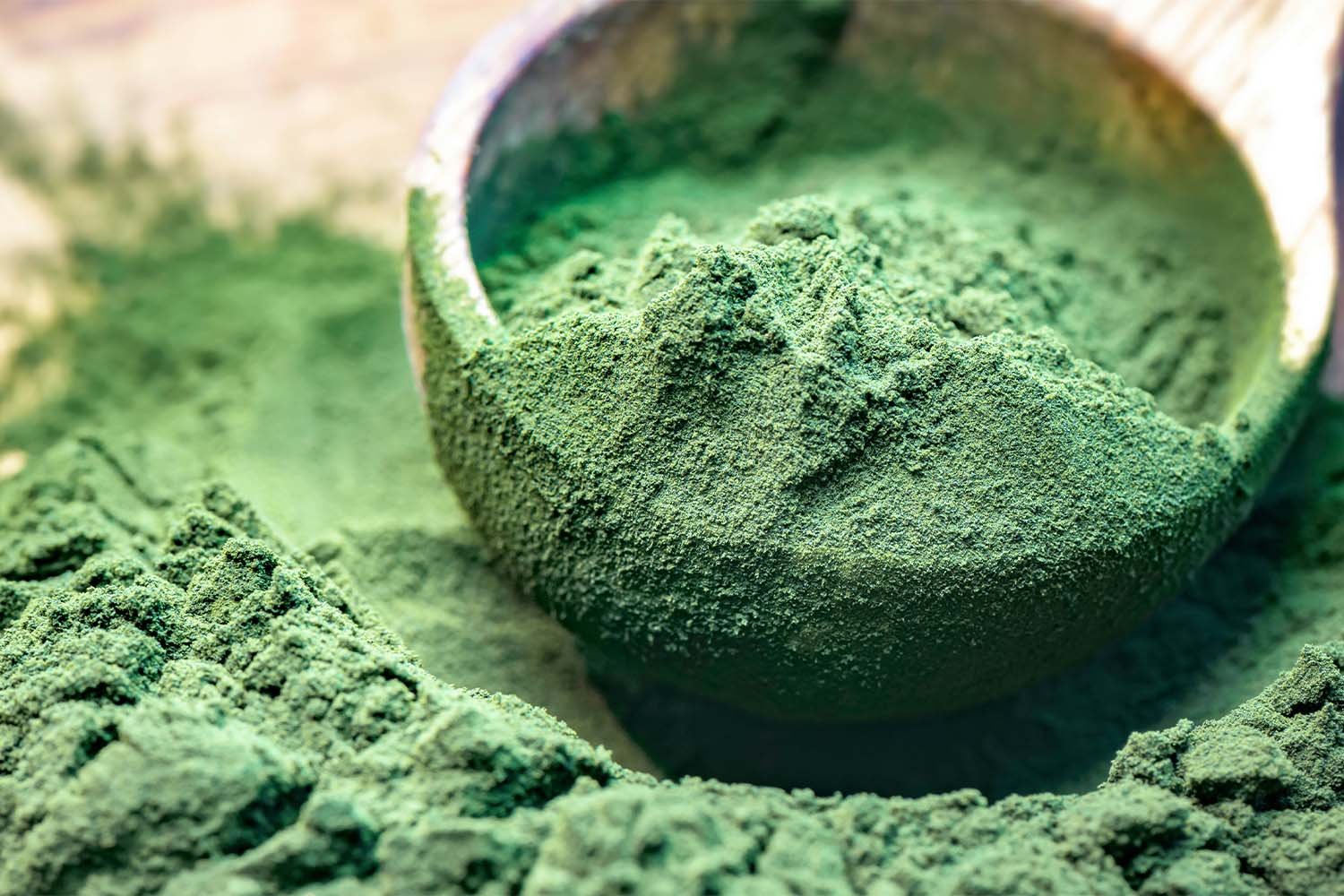In advanced skincare, few actives have generated as much excitement as PDRN (Polydeoxyribonucleotide). Originally developed for medical use, PDRN has become a symbol of regeneration, renewal, and next-generation beauty science. Known for its ability to boost cell repair, improve elasticity, and enhance overall radiance, PDRN bridges the gap between dermatology and cosmetics.
Traditionally, PDRN was extracted from salmon DNA. However, as technology evolved and ethical awareness grew, new plant-based and biotechnological alternatives emerged — giving formulators and consumers more choices than ever before. Today, Salmon PDRN, Vegan (Plant) PDRN, and PHYTO PDRN each bring their own balance of performance, safety, and sustainability. Understanding these differences helps chemists and brand developers create skincare that is not only effective but also aligned with modern values.
What Is PDRN and How Does It Work?
PDRN is a DNA-derived molecule composed of long chains of nucleotides — the same natural building blocks that store and transmit genetic information. In skin biology, these nucleotides act as powerful signaling agents that stimulate tissue repair and cell turnover. According to Pharmaceuticals (2021), PDRN activates the adenosine A₂A receptor, which promotes wound healing, collagen synthesis, and anti-inflammatory effects.
Initially, dermatologists used injectable PDRN for post-surgery healing and scar recovery. Later, it was adapted into topical forms — serums, creams, ampoules, and even masks — offering rejuvenation without invasive procedures. Whether derived from salmon, plants, or synthesized through biotechnology, its ultimate goal remains the same: stimulate skin regeneration, improve texture, and restore vitality.
🧬 Salmon PDRN: The Traditional Gold Standard
Salmon DNA is the original source of PDRN and remains the most clinically studied form. Extracted from the sperm cells of salmon species such as Oncorhynchus mykiss, it is purified and fragmented to create a safe, stable cosmetic ingredient.
Benefits of Salmon PDRN:
- Clinically validated for regeneration and wound healing
- Reduces fine lines, wrinkles, and UV damage
- Improves elasticity and barrier resilience
- Encourages fibroblast activity and collagen production
Clinical data published in Clinical, Cosmetic and Investigational Dermatology (2018) demonstrated visible improvements in skin tone, texture, and elasticity after topical PDRN application. Moreover, its ability to stimulate fibroblasts and angiogenesis has made it a cornerstone in dermatological repair treatments.
Limitations of Salmon PDRN:
Although effective, salmon-derived PDRN is not vegan or cruelty-free. Some consumers may also experience sensitivity related to marine allergens. Additionally, as beauty trends shift toward sustainability, its animal origin can limit appeal in eco-driven markets.
Vegan (Plant-Derived) PDRN: The Ethical Alternative
As conscious beauty evolved, scientists began to look beyond marine DNA for sustainable options. Vegan PDRN represents this shift, using biotechnology to isolate similar DNA fragments from botanical sources such as rice, ginseng, and probiotics. These sources replicate PDRN’s molecular functions while maintaining a cruelty-free profile.
Key Benefits of Vegan PDRN:
- 100 % plant origin, cruelty-free, and vegan-certified
- Gentle and well tolerated by sensitive skin
- Scalable via sustainable, food-grade supply chains
- Perfectly aligned with clean-beauty and ethical standards
Furthermore, in-vitro studies on rice-derived nucleotides (reported in Frontiers in Pharmacology (2022)) show comparable regenerative signaling to marine DNA fragments. Because these nucleotides are identical in structure, the skin responds to them in nearly the same way — activating fibroblast renewal and improving epidermal turnover.
Plant PDRN is quickly gaining recognition among brands catering to sustainability and sensitive-skin consumers. It delivers regeneration without compromising ethics, making it a bridge between biotechnology and green beauty.
PHYTO PDRN: The Biotech Breakthrough
The most recent advancement is PHYTO PDRN, a next-generation ingredient developed entirely through biotechnological synthesis. Unlike animal or plant sources, PHYTO PDRN is created in controlled lab environments using precision enzymatic replication. This process produces high-purity DNA fragments identical to natural PDRN but free from allergens or biological variability.
Advantages of PHYTO PDRN:
- Exceptional purity and molecular consistency
- Stable under temperature and pH fluctuations
- Hypoallergenic and free of marine or botanical allergens
- Environmentally responsible, with minimal resource consumption
Laboratory studies summarized in Biomolecules (2023) demonstrate that synthesized DNA fragments activate similar pathways as natural PDRN, improving skin renewal and reducing inflammatory markers. Therefore, PHYTO PDRN represents the future of regenerative cosmetics — uniting biotechnology precision with sustainability.
Why PHYTO PDRN Matters:
This form embodies scientific progress and ethical responsibility. It eliminates dependence on animal or crop resources while maintaining efficacy equal to or greater than traditional sources. Consequently, it appeals strongly to brands emphasizing innovation, safety, and inclusivity.
Comparing Salmon, Plant, and PHYTO PDRN
| Feature | Salmon PDRN | Plant (Vegan) PDRN | PHYTO PDRN (Biotech) |
|---|---|---|---|
| Source | Salmon DNA | Rice, ginseng, probiotics | Lab-synthesized DNA fragments |
| Allergens | Possible marine sensitivity | Allergen-safe | Hypoallergenic |
| Ethical Profile | Not vegan or cruelty-free | 100 % vegan, sustainable | Cruelty-free, lab-engineered |
| Purity | Natural variability | Consistent with proper isolation | Ultra-pure and controlled |
| Market Appeal | Strong clinical legacy | Fits clean-beauty trends | Represents innovation and scalability |
Although each form supports regeneration, their positioning differs. Salmon PDRN emphasizes proven medical heritage, Plant PDRN highlights ethical sourcing, and PHYTO PDRN showcases biotech advancement. As the market diversifies, formulators can tailor their choice based on brand identity and target audience.
💡 Why PDRN Matters for Modern Skin Care
Consumers no longer choose products solely for results; they also care about transparency, sustainability, and inclusivity. PDRN technology exemplifies this shift. By offering multiple origins — marine, plant, and biotech — it gives brands flexibility without sacrificing performance.
- Salmon PDRN delivers time-tested efficacy supported by dermatology research.
- Plant PDRN offers a natural, ethical path that resonates with clean-label demand.
- PHYTO PDRN defines the next era of intelligent formulation, merging precision DNA science with eco-efficiency.
Together, these forms reflect how biotechnology can meet beauty’s evolving moral and environmental standards. As a result, they encourage more inclusive innovation — one that respects both skin physiology and planetary limits.
Sustainability, Ethics, and Future Directions
The rise of plant and biotech DNA technology mirrors broader sustainability goals across the cosmetic industry. Marine sourcing, while scientifically sound, depends on ecological balance. By contrast, bioreactor-based and plant-cell systems generate PDRN using minimal water, land, and energy. This drastically reduces the environmental footprint.
Moreover, as Nature Biotechnology (2022) explains, synthetic biology enables DNA replication without animal tissue, allowing complete traceability and batch consistency. For formulators, this means stable supply chains and compliance with vegan-certified standards.
Formulation Insights for Chemists
In cosmetic applications, PDRN is typically used at 0.1 % – 0.5 % concentrations within serums, ampoules, or creams. Because it is water-soluble, it should be added during the cool-down phase below 40 °C to preserve structure. Pairing PDRN with niacinamide, panthenol, ceramides, or peptides enhances repair efficacy.
Encapsulation technologies such as liposomes or nanovesicles further improve penetration and stability. These systems are particularly valuable for plant and biotech PDRN forms, which can be standardized at precise molecular weights for controlled release.
For formulators aiming to highlight clean innovation, combining PHYTO PDRN with ingredients like hyaluronic acid or algal polysaccharides creates high-value serums that appeal to both performance-driven and eco-aware consumers.
Clinical Insight and Market Potential
Globally, the PDRN market is expanding at over 10 % annually. Demand is driven by regenerative skincare trends, hybrid dermocosmetic products, and aesthetic treatments. Clinical data continue to validate PDRN’s performance. For example, Korean Journal of Dermatology (2021) reported significant wrinkle reduction and hydration improvements after four weeks of topical PDRN application. Additionally, consumer surveys show growing interest in vegan DNA repair actives, positioning plant and biotech PDRN as strategic differentiators for brand portfolios.
In the premium market, brands are beginning to highlight “DNA Repair Complex” systems powered by biotechnological nucleotides. This storytelling approach combines heritage science with sustainability — a narrative perfectly aligned with modern beauty expectations.
Final Takeaway
PDRN, regardless of its origin, remains one of the most exciting actives in modern cosmetic science. However, its evolution from marine extraction to plant biotechnology marks a powerful transformation in how we define performance and responsibility.
Salmon PDRN continues to represent medical credibility and regeneration backed by decades of research. Vegan (Plant) PDRN captures the ethical, sustainable future of skin repair. Meanwhile, PHYTO PDRN stands as a symbol of next-gen innovation — pure, safe, and scientifically precise.
As skincare moves deeper into biotechnology, consumers no longer have to choose between results and values. They can have both: performance that is measurable, and beauty that is mindful.
If you’re formulating with or sourcing advanced DNA repair ingredients, Grand Ingredients offers plant-derived and biotech PDRN complexes designed for professional skincare and regenerative applications. Contact info@grandingredients.com or explore our PDRN Ingredient Collection to request samples or technical data.







